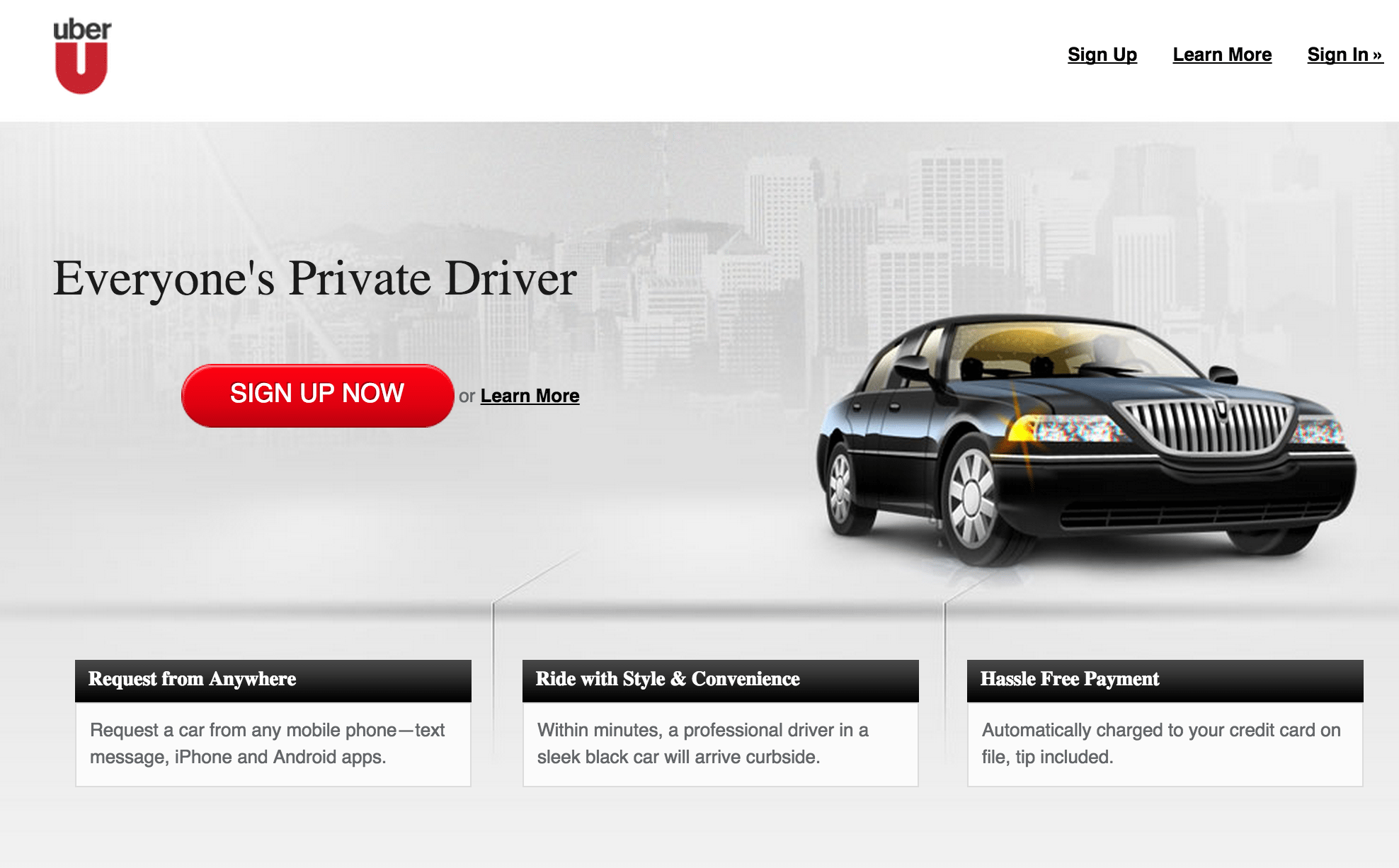What Top Travel Sites Looked Like Five Years Ago

Skift Take
These are fun to look back on and see how travel desktop pages have changed, but apps and mobile sites are increasingly being used to plan and book travel making those almost more important than the fancy desktop redesigns.
[gallery ids="150452,150451,150462"]
Dramatic redesigns have defined travel sites during the past five years, many of them for the better while some haven't dispelled the clutter completely.
Simplicity best describes the overarching theme of how sites have evolved since 2010, moving towards showing users the search and booking fields first and then letting them scroll down to find more. Exhibits A, B and C: Expedia, Priceline and TripAdvisor- these three sites now have clean designs at the top of their homepages clearing away confusion and making the search and booking fields the focal points.
The messaging, or slogans, of these sites have of course
